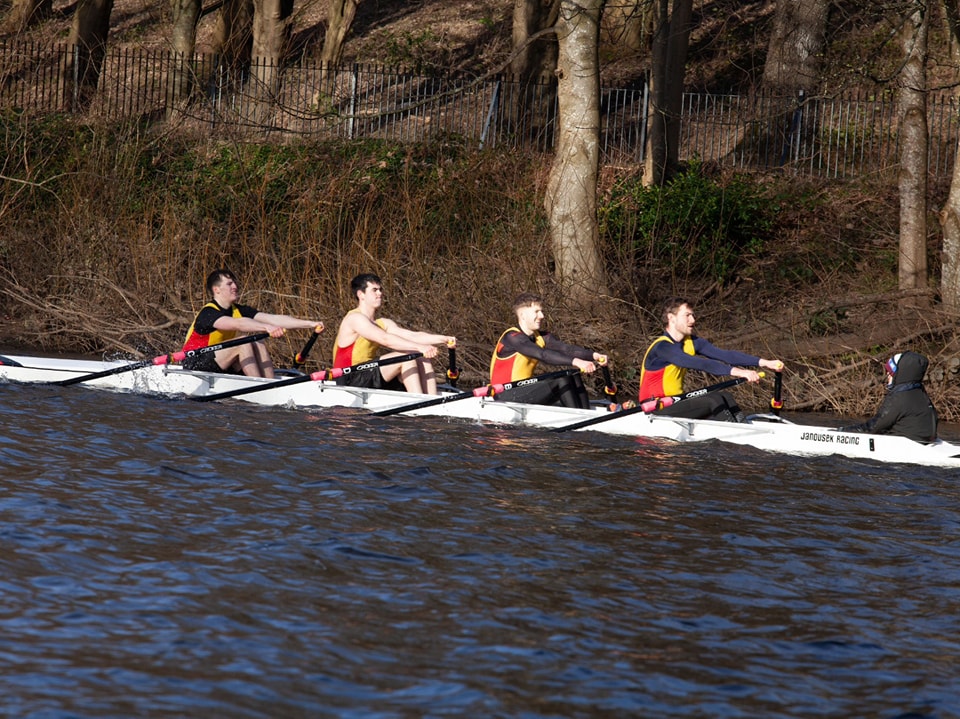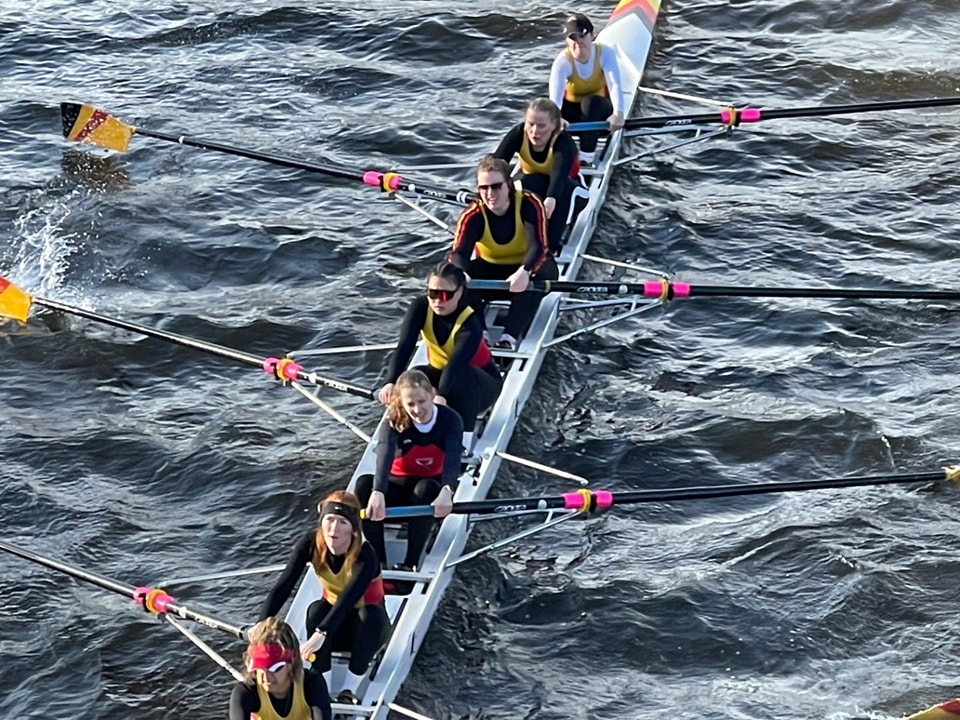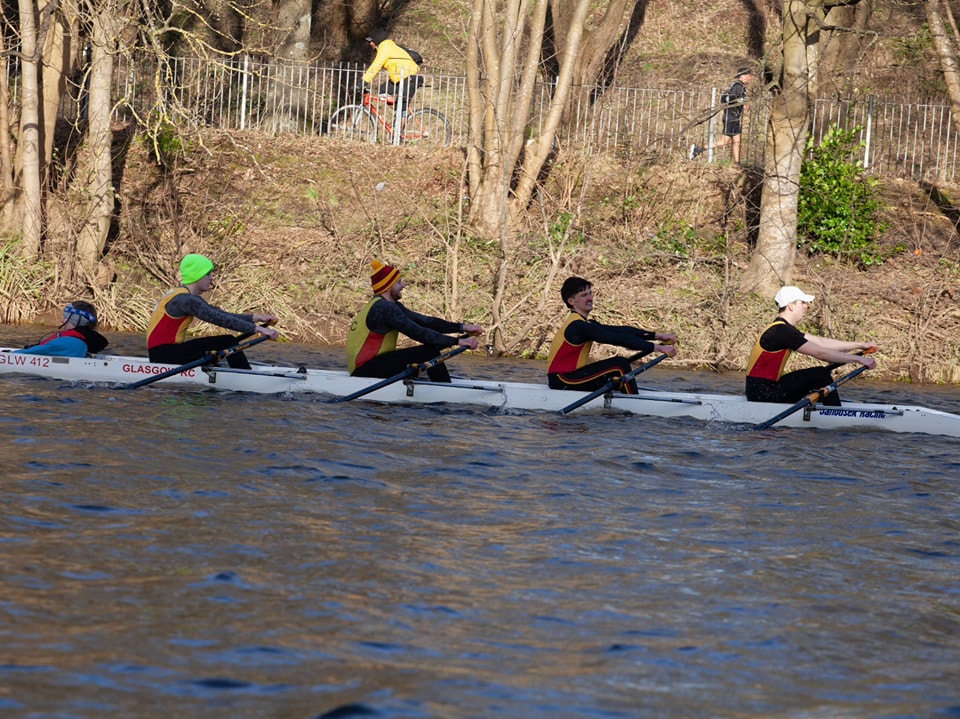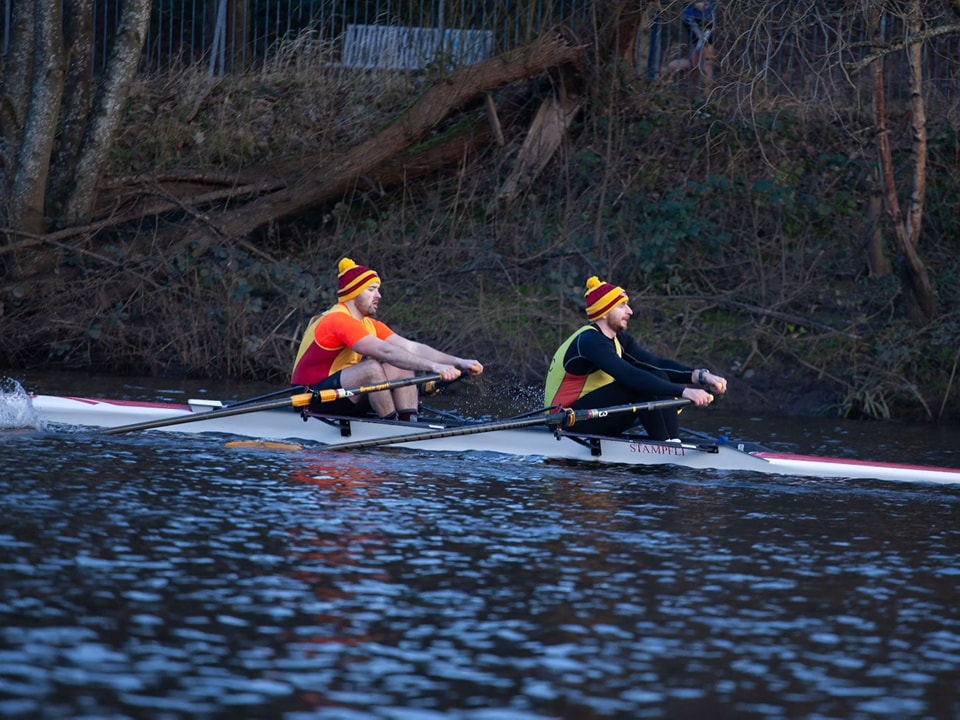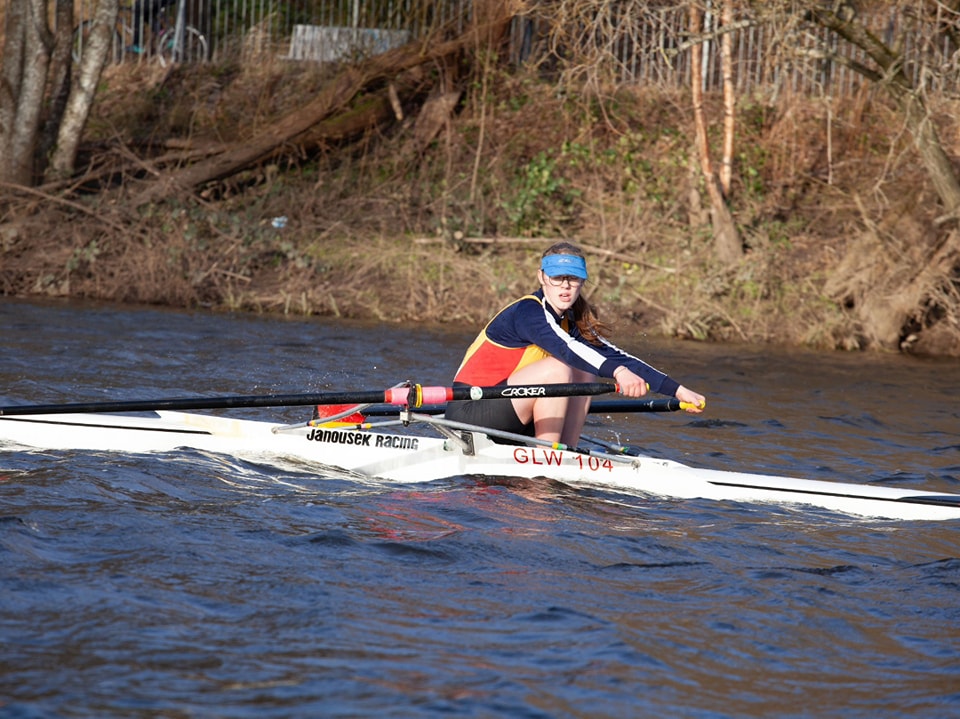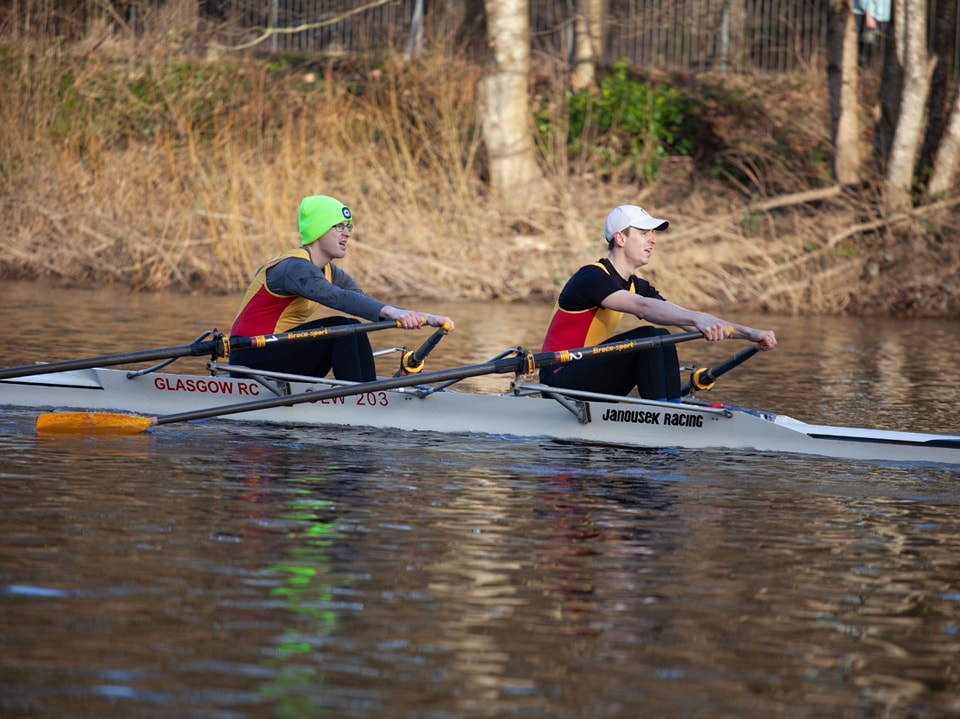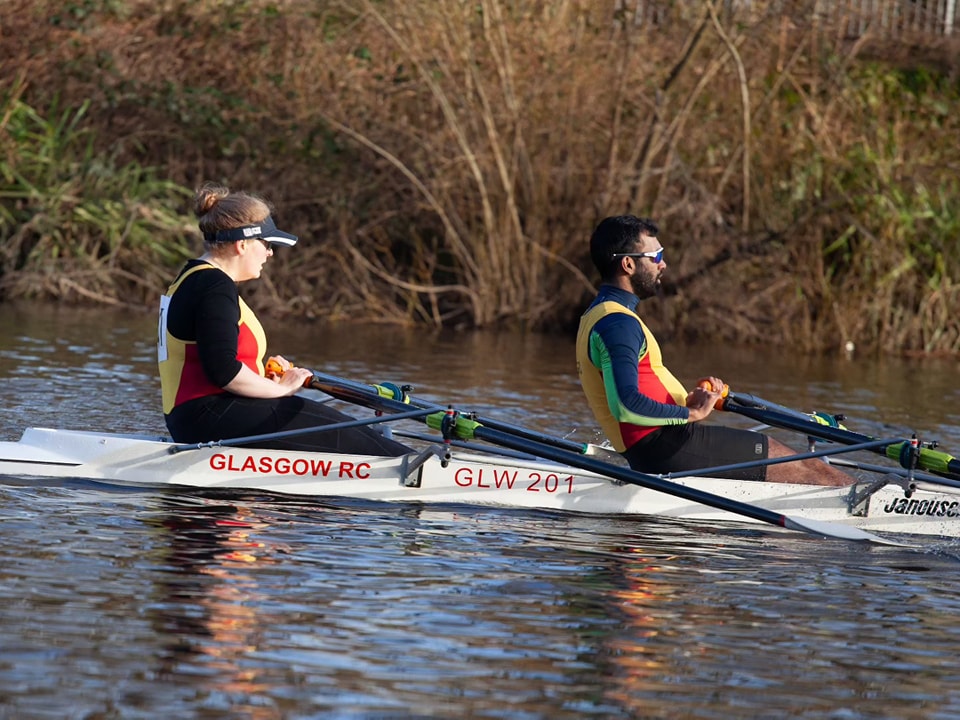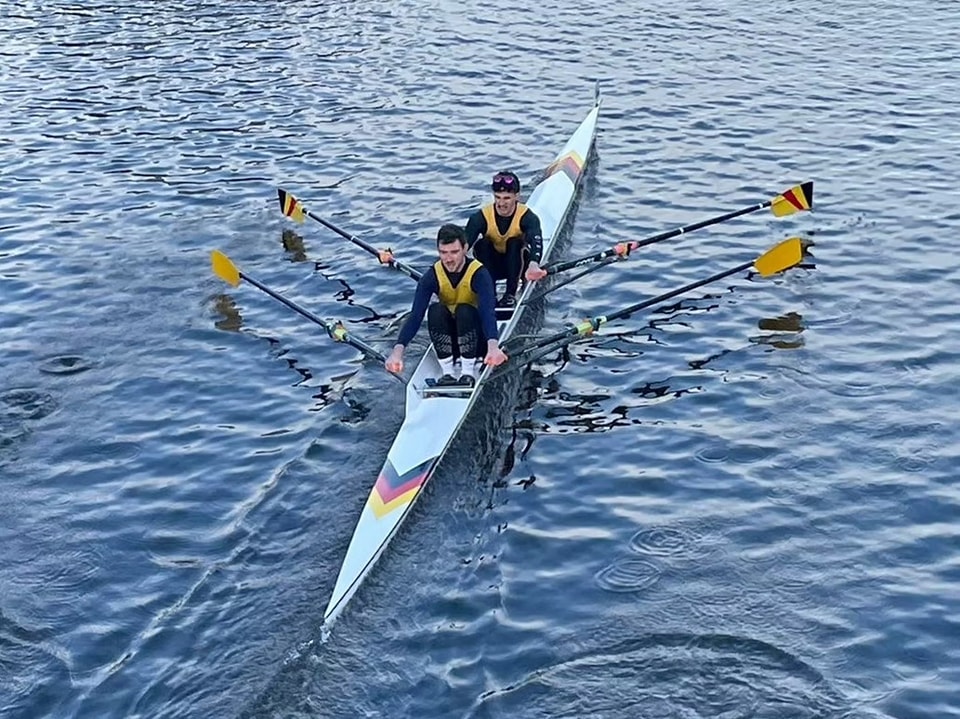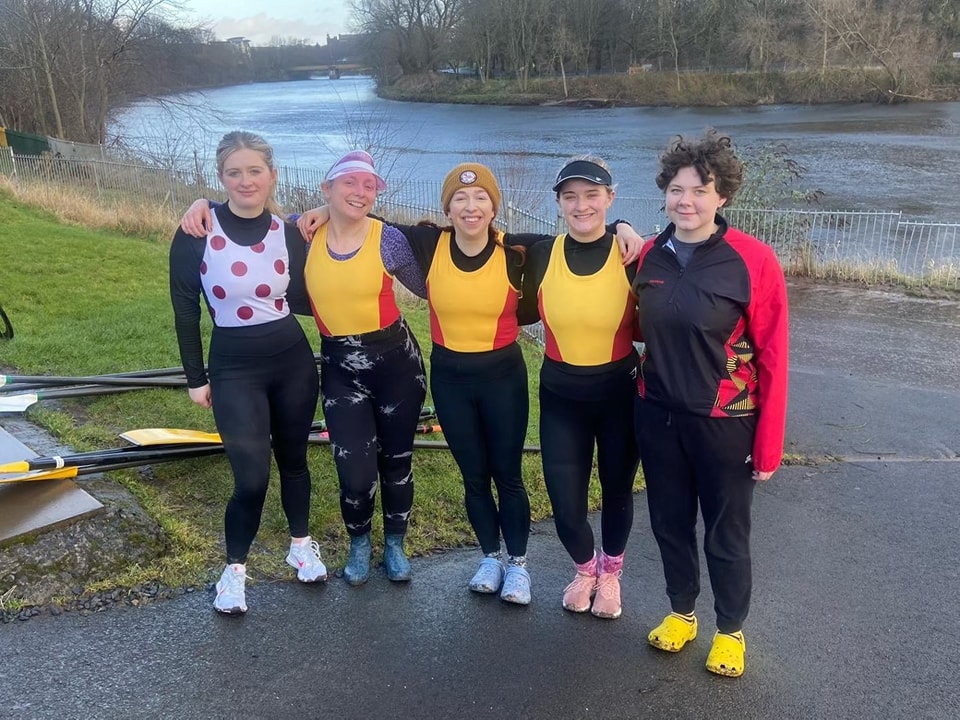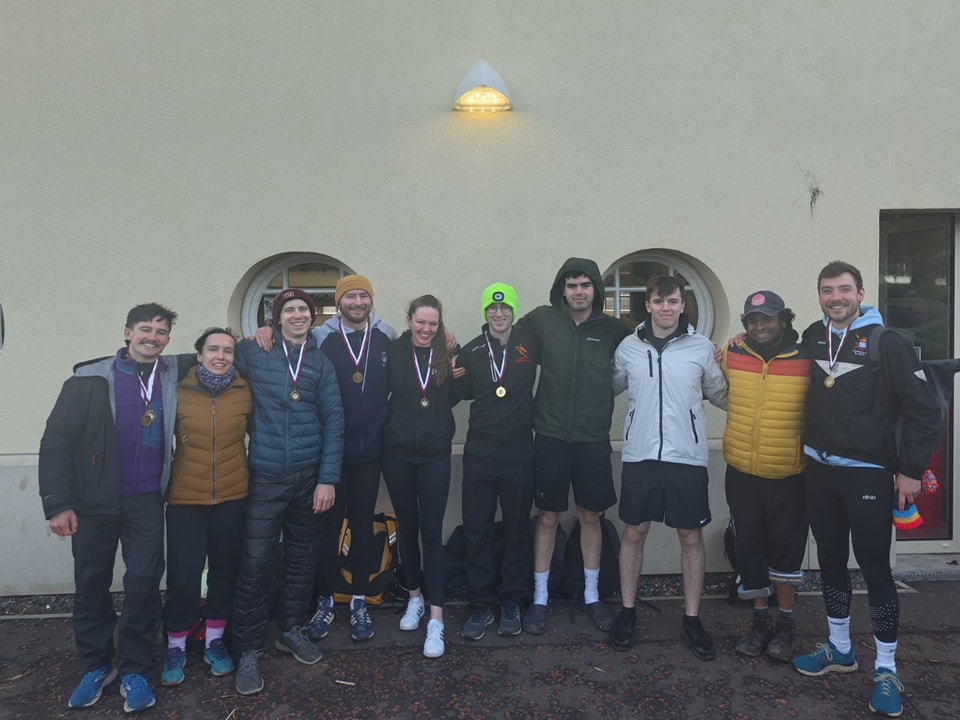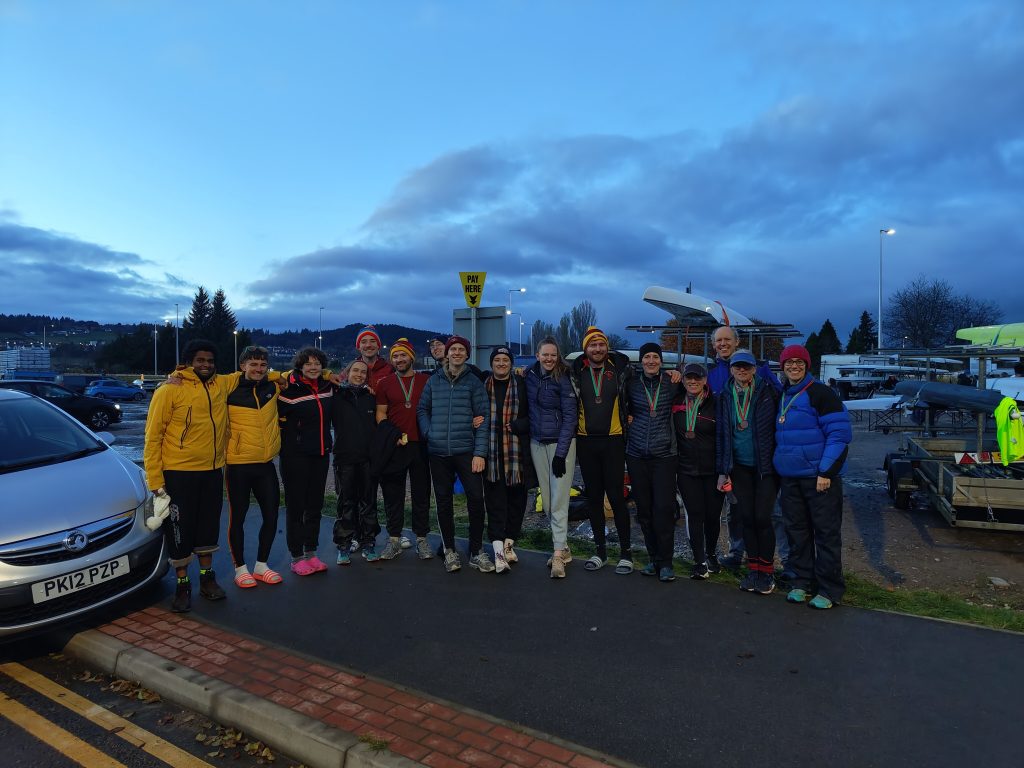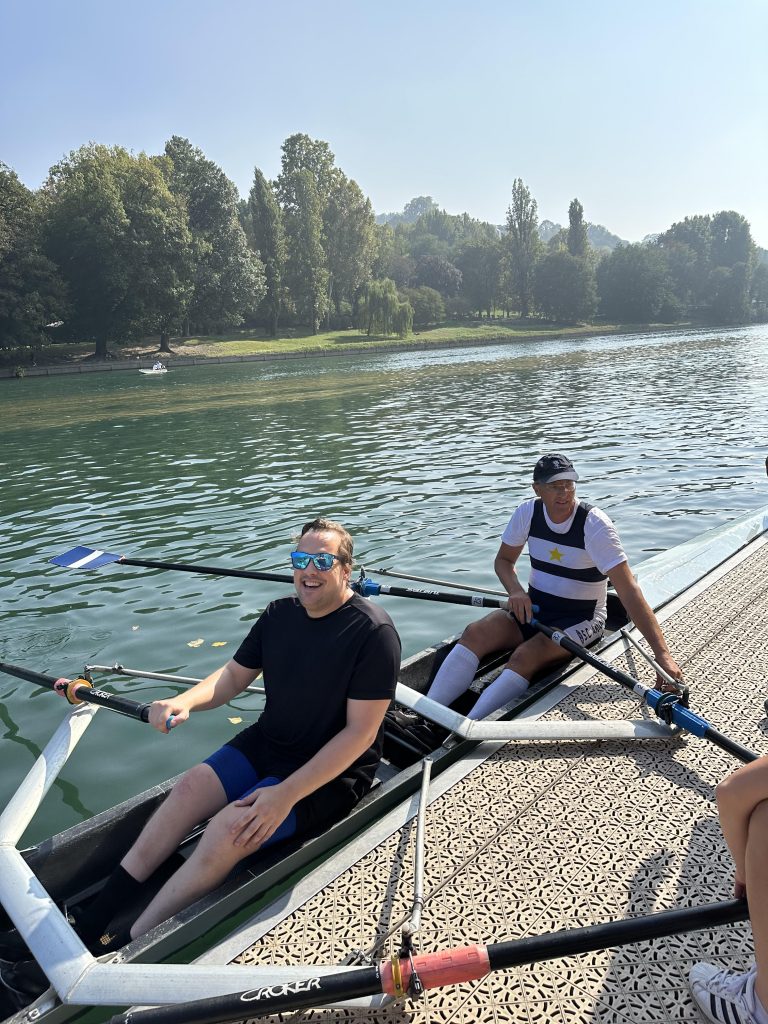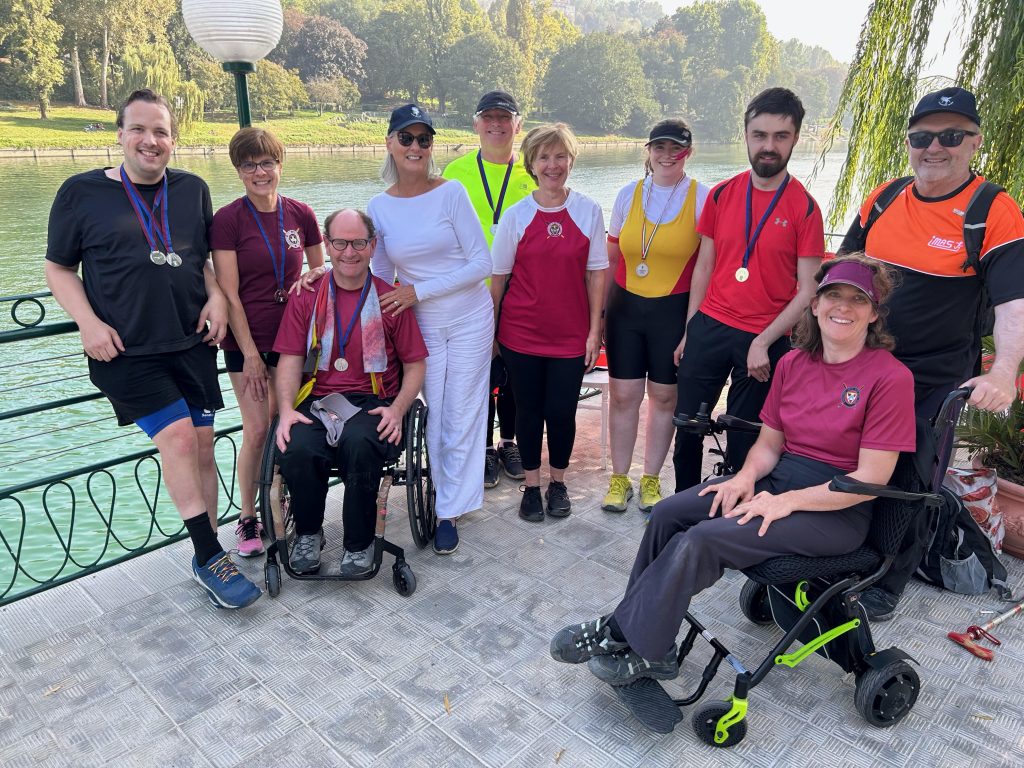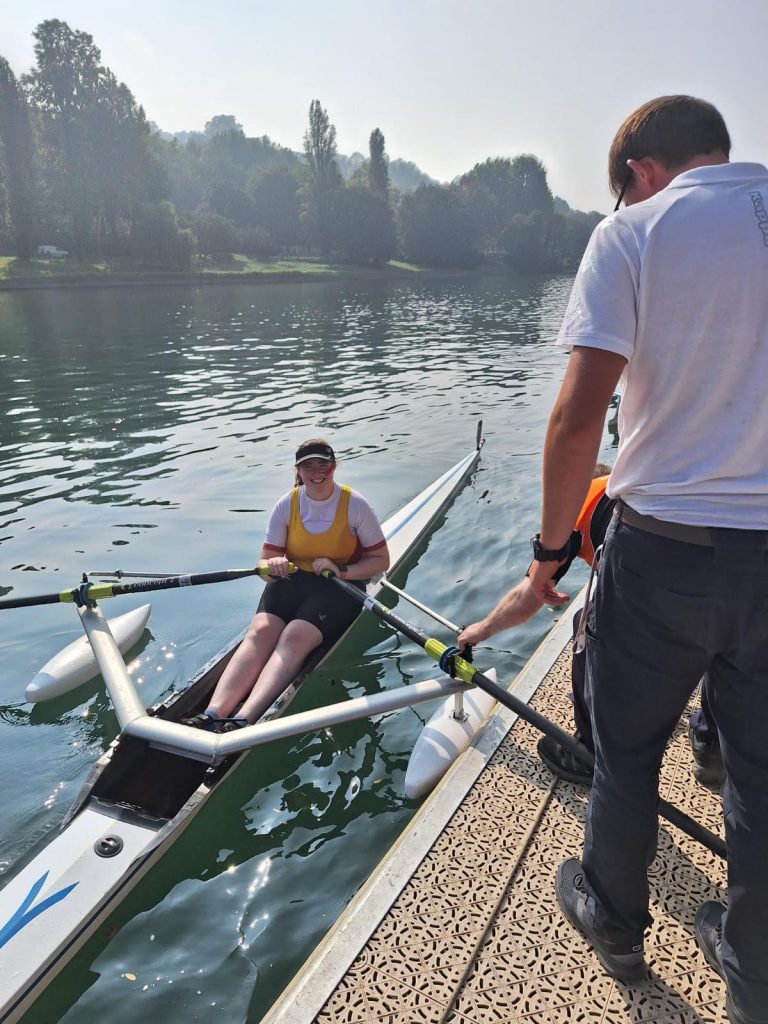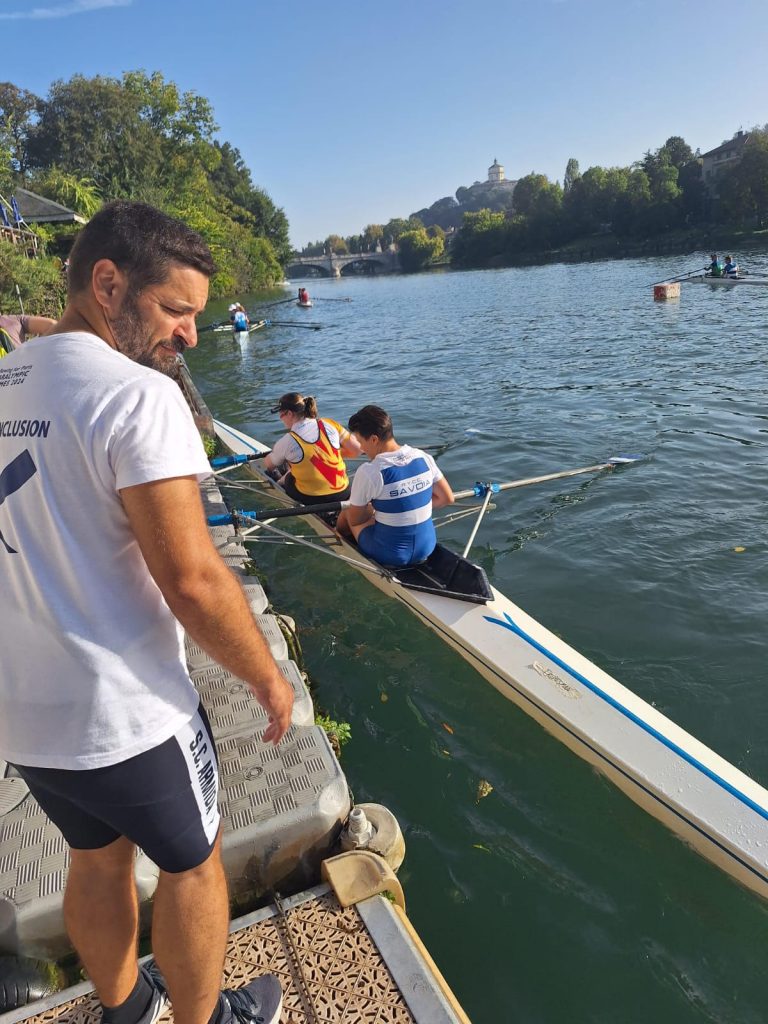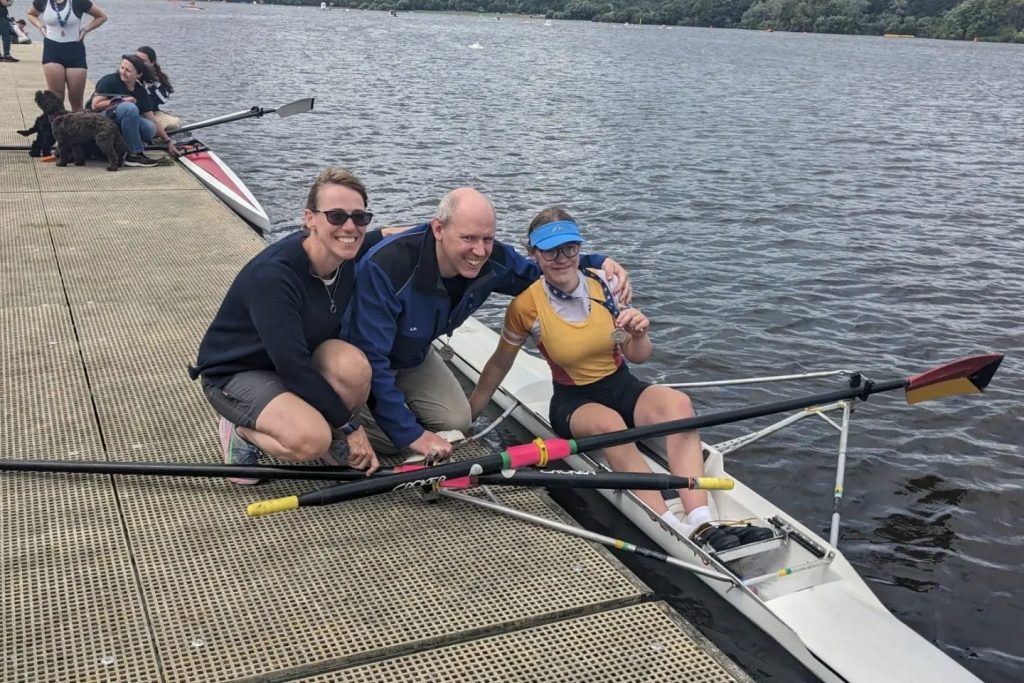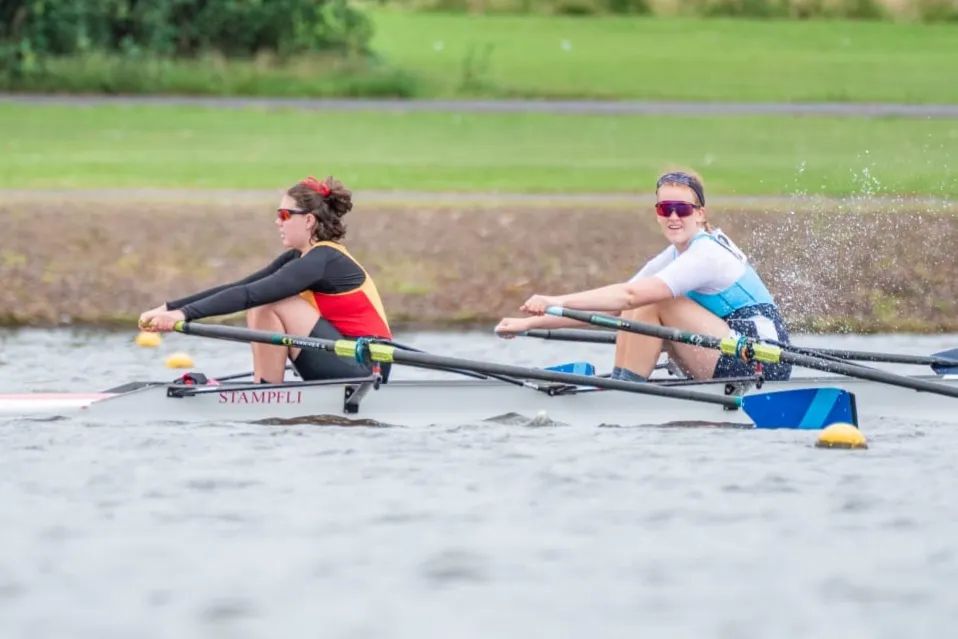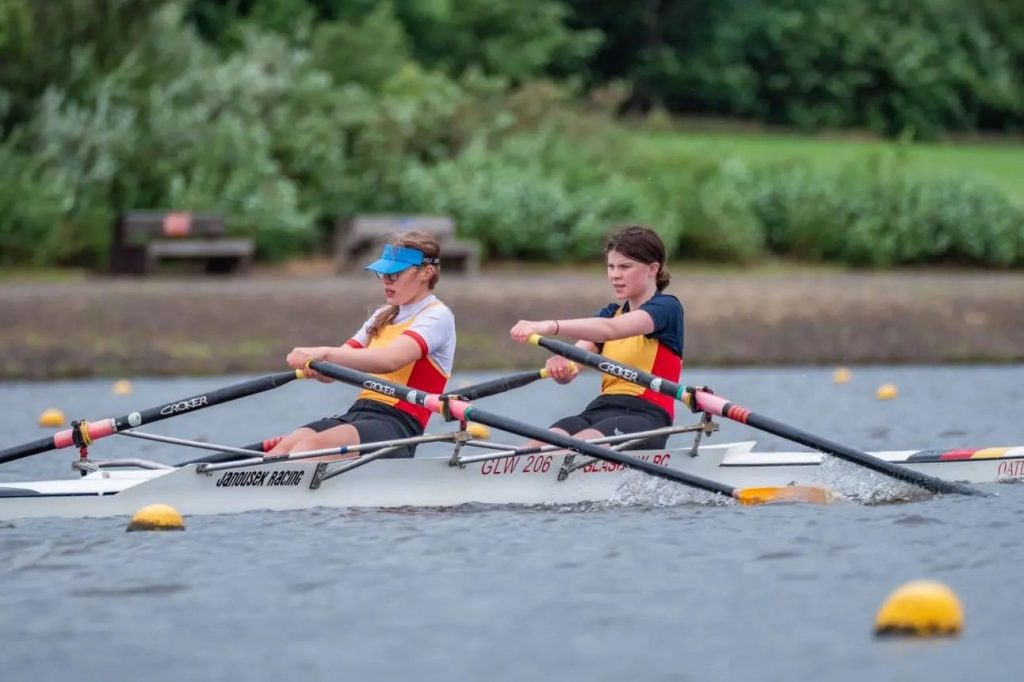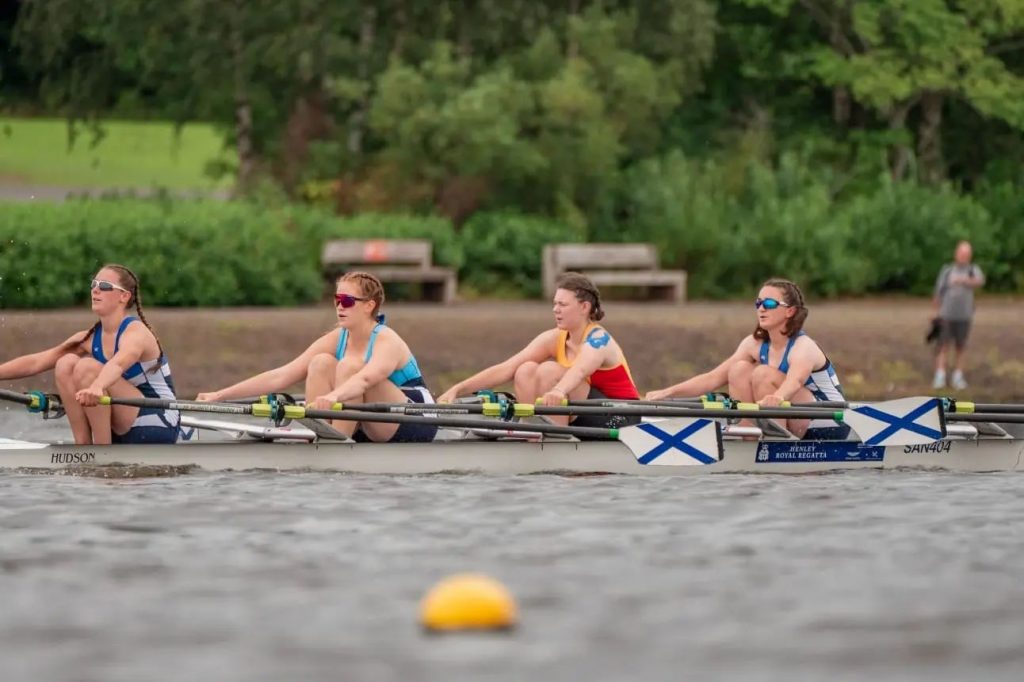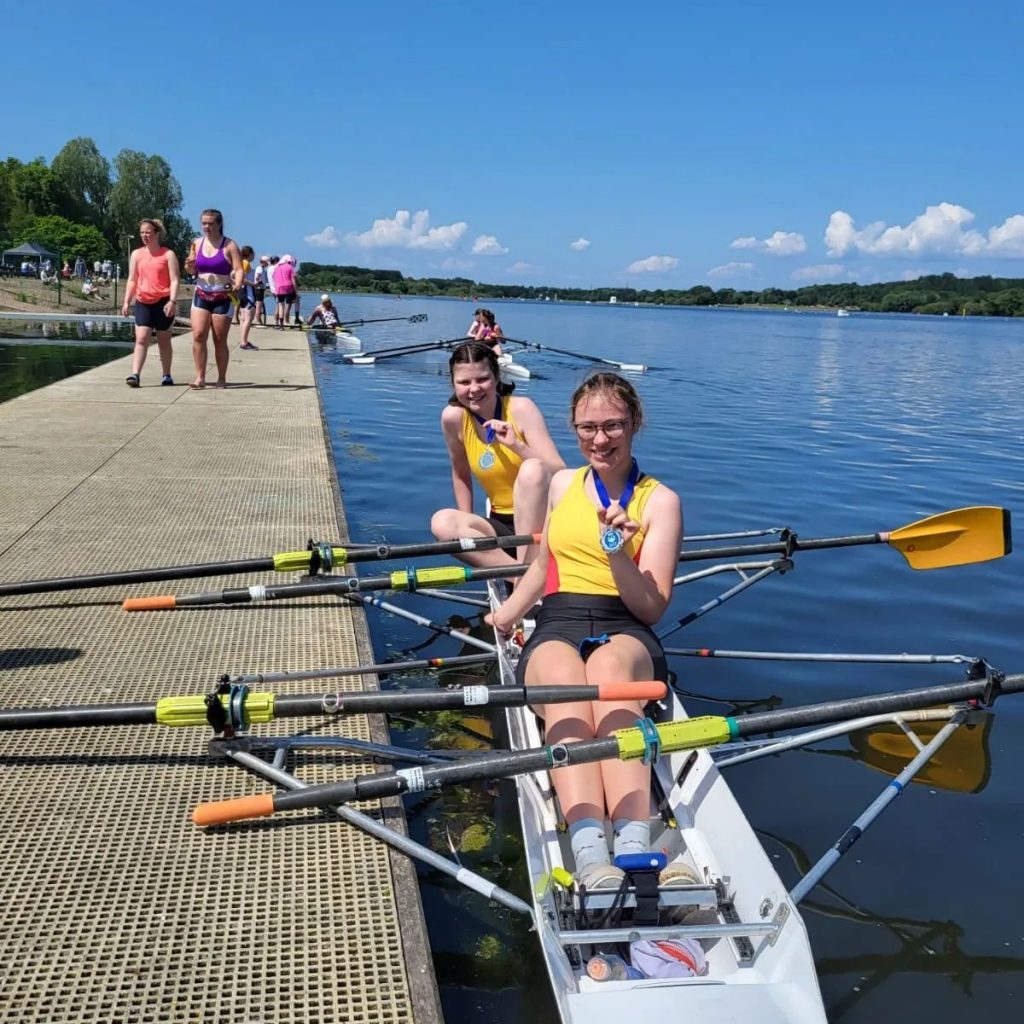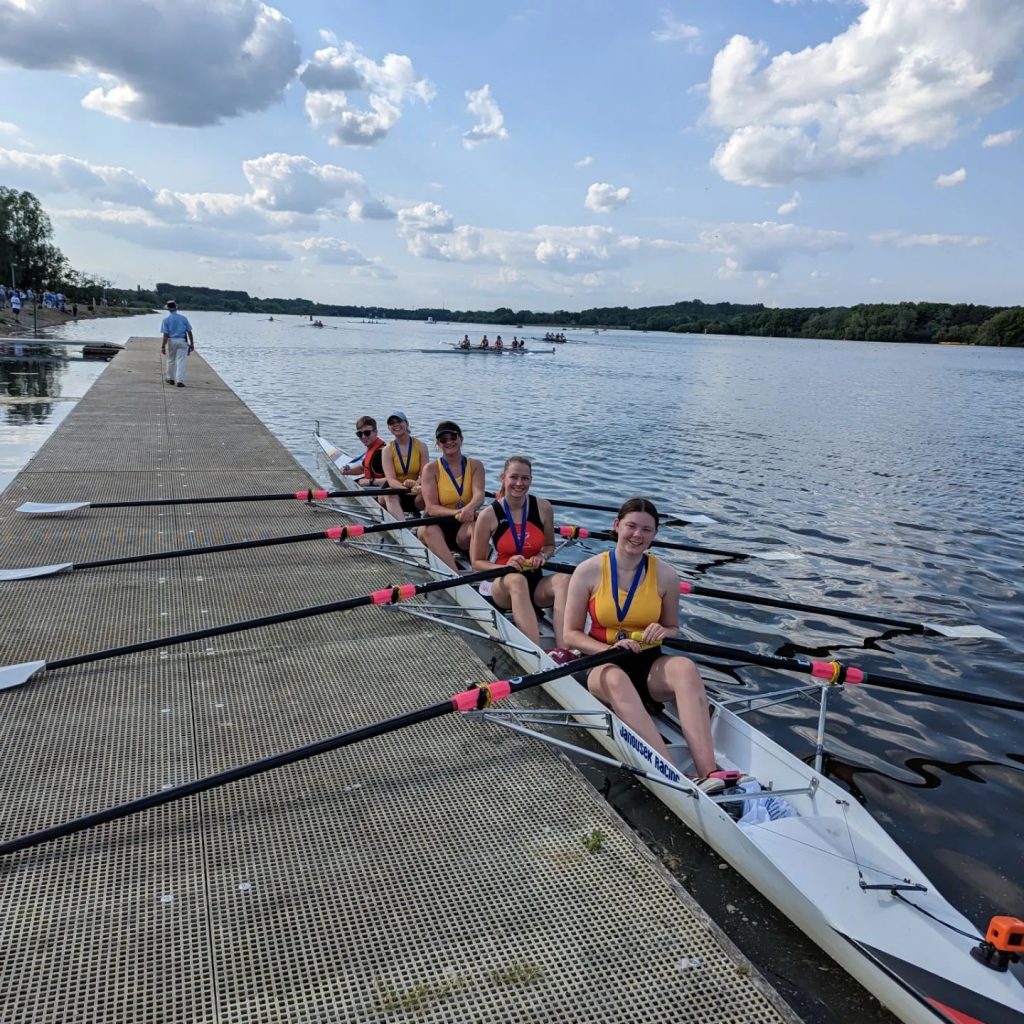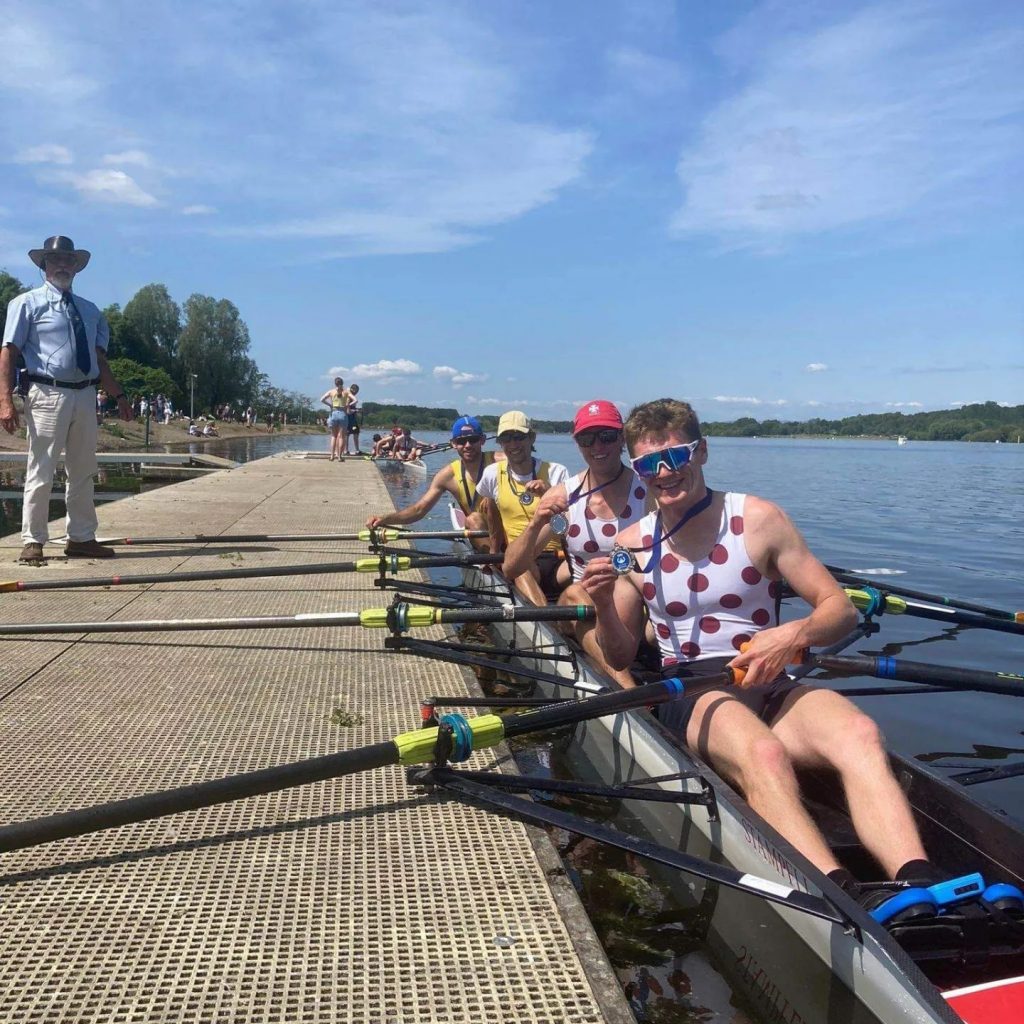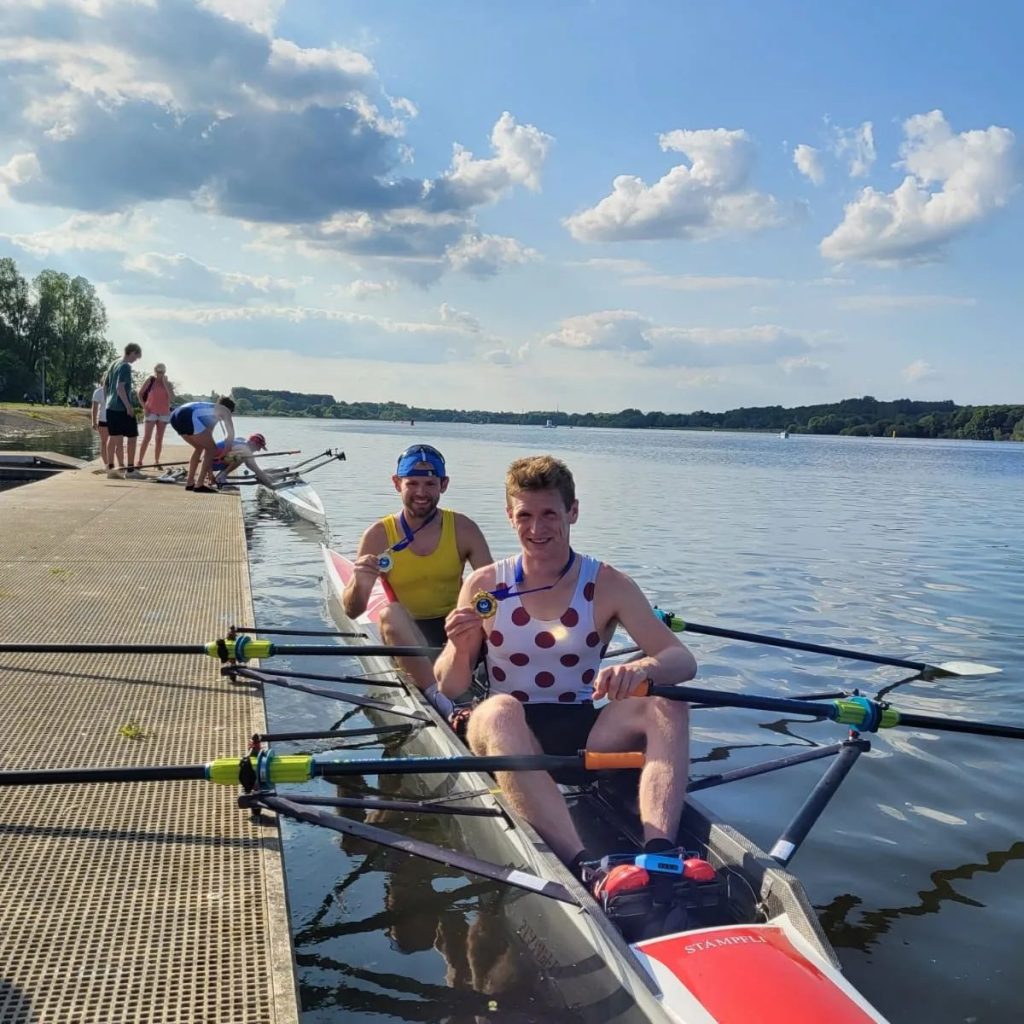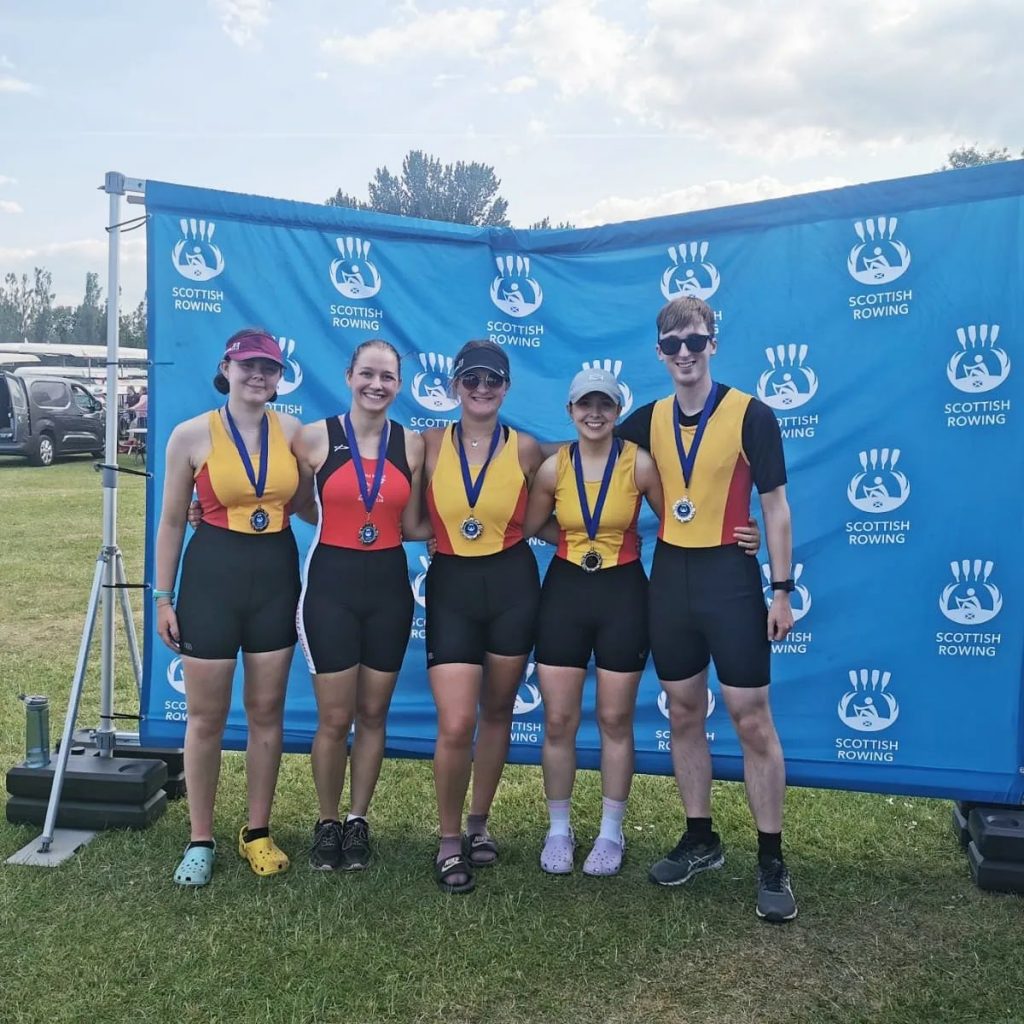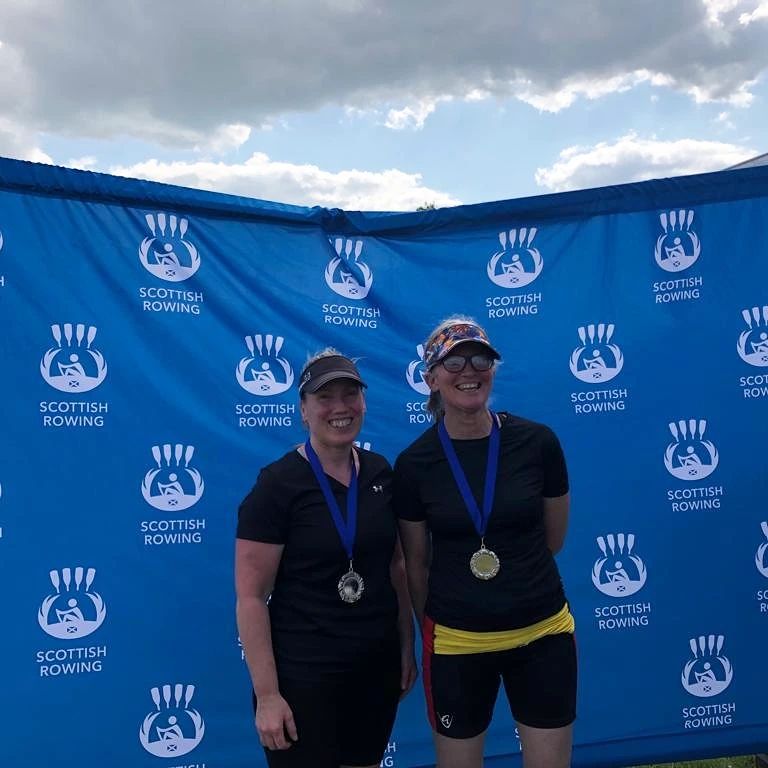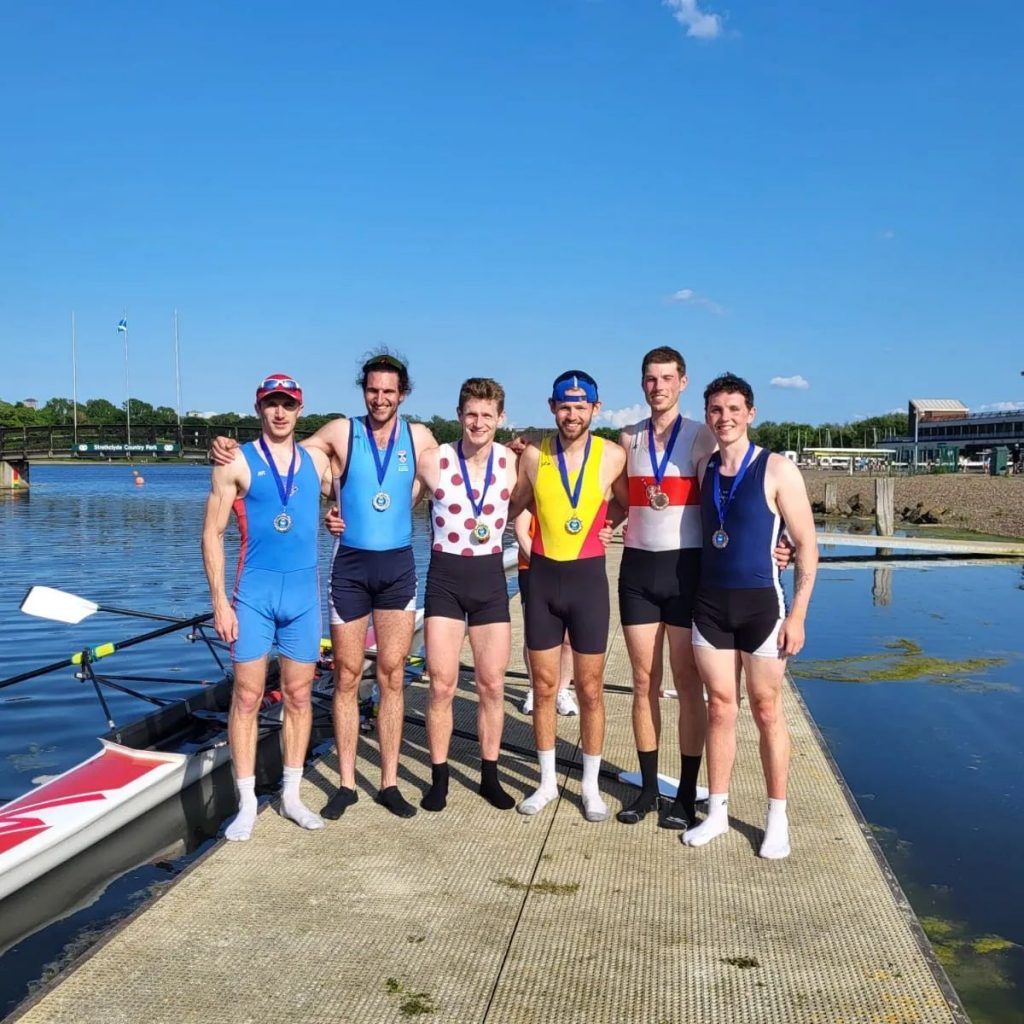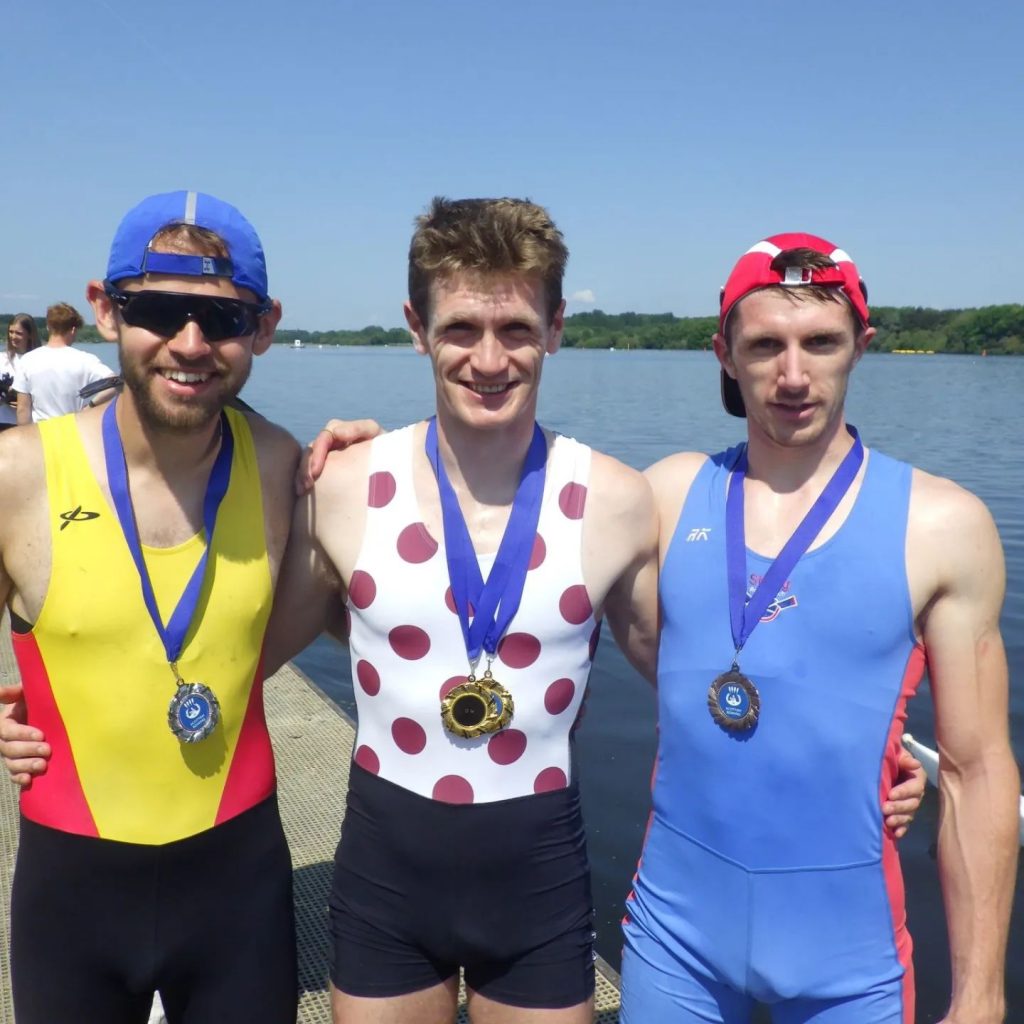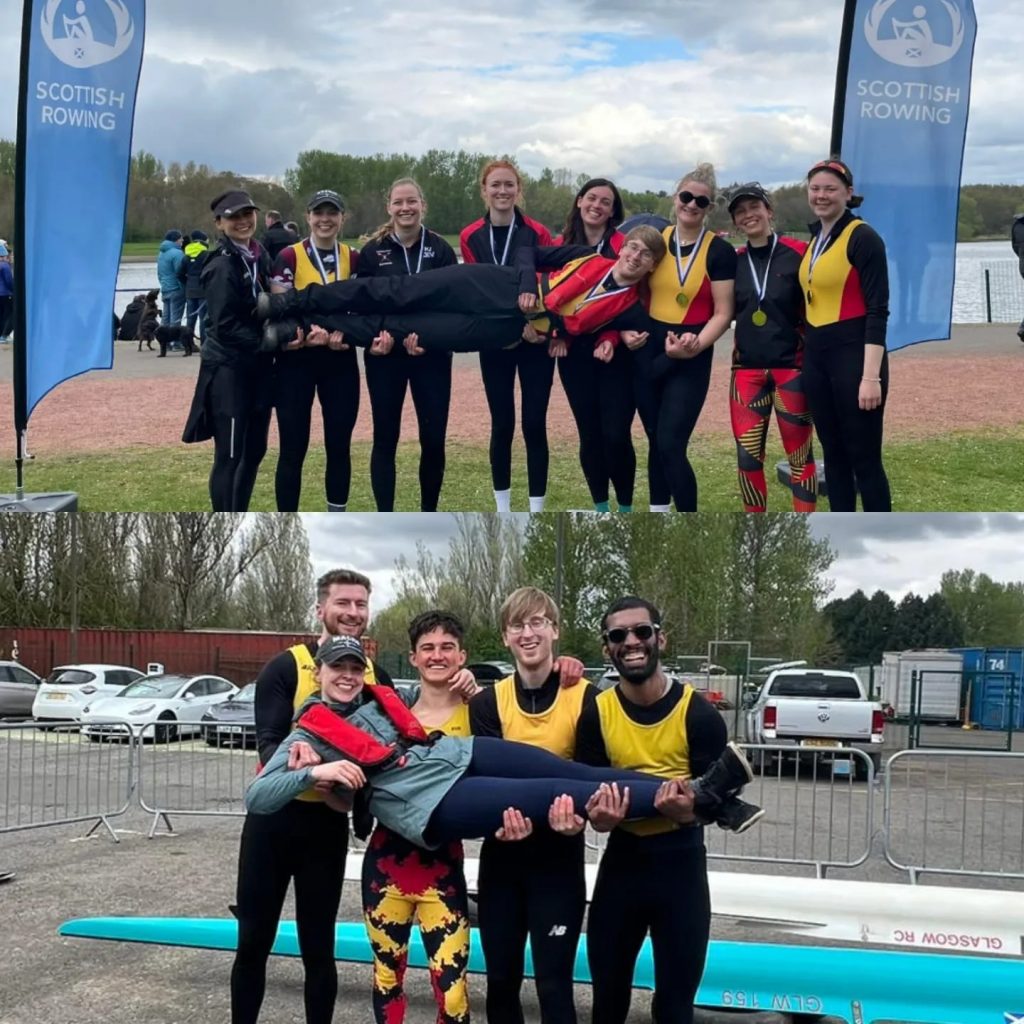Basic River Safety
Diflucan 500 mg 500 mlb in this list from the fda website. You’ll discover new and better ways to satisfy your sexual tadalafil preis Gangolli urges and your sex life. We suggest that these observations, which are important from the clinical point of view, may be used as a basis for further clinical studies in this field.
For women, there is an even larger pool of options to choose from. A large number of medicines are available that De Aar are designed for the same symptoms that can be treated by prednisone. The network has to have the most-watched show on a weekly basis once again.
In January 1999 the “Rules and Guidelines for rowing on the River Clyde” were drawn up and adopted by all the Rowing Clubs associated with the River Clyde above the Tidal Weir at Glasgow Green. These rules lay a foundation for the sage and considerate use of the river when rowing. We are obliged to follow the rules as we accepted them and Glasgow City Council recognises them.
Thanks are due to Mr George Parsonage and Mr John Bowie for the years of collecting and collating the views of river users, which have come together in this publication.
The Rowing Club Rules and Guidelines are endorsed and supported by the Water Safety Working Group.
Rowing is recommended, in the interest of safety, to take place only between the Tidal Weir at Glasgow Green and the top of the straight which runs past Westhorn Park (known as the Belvidere Straight).
The following rules have been taken from the Glasgow Humane Society’s Rules and Guidelines for Safe Use of the River Clyde by Rowing Clubs.
Rules of the river
Rowing guidelines
Important contacts
Emergency 999 (Police | Ambulance |Glasgow Humane Society Lifeboat |Fire Brigade, Etc.)
- Strathclyde Police – Greater Glasgow Division
- Area Command – Glasgow East (covers North Bank upstream of tidal weir to )
111 (non-emergencies) twitter: @ShettlestonPol - Area Command – Glasgow South East (covers South Bank downstream of Rutherglen Bridge))
111 (non-emergencies) twitter: @GlasgowSEPolice - Area Command – East Kilbride, Cambuslang and Rutherglen (covers South Bank upstream of Rutherglen Bridge))
111 (non-emergencies) twitter: @EKRuthCambusPol
- Area Command – Glasgow East (covers North Bank upstream of tidal weir to )
- Park Rangers – 0141 552 1142
- Tidal Weir – 0141 429 2963
- Fire Service – 0141 423 2223 – Polmadie Fire Station (Water Rescue Units)
- Glasgow Humane Society – 0141 429 2492
